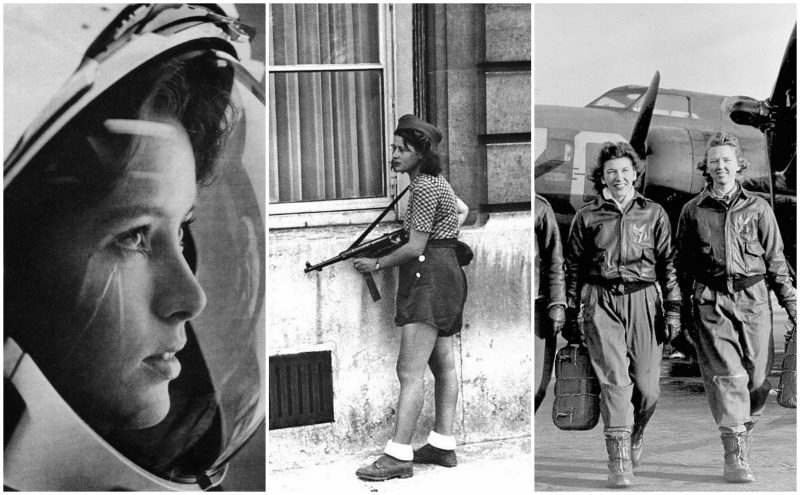Annie Smith Peck (October 19, 1850 – July 18, 1935) was an iconic American mountaineer and this is her story.
In 1885, she discovered her enthusiasm for mountaineering, and ascended the three hundred feet summit of Cape Misenum in Italy and small mountain passes in Switzerland, including Theodul Pass, at ten thousand feet. While in Greece, she climbed Mount Hymettus and Mount Pentecus, both between three and four thousand feet. From 1881 to 1892 she was a pioneering professor in the field of archeology and Latin at Purdue and Smith College. She began to make money on the lecture circuit, and by 1892 she gave up teaching and made her living by lecturing and writing about archeology, mountaineering and her travels. She scaled a number of moderate-sized mountains in Europe and in the United States, including Mount Shasta. In 1895 Peck followed in fellow American Lucy Walker’s footsteps and ascended Matterhorn, but the accomplishment was overshadowed by what she wore during the climb: a long tunic, climbing boots, and a pair of pants. At the time, women were being arrested for wearing trousers in public, and so Peck’s climbing costume not only brought about serious hullabaloo in the press, but also prompted public discussion and debate (for example, in the New York Times) on the question of what women should do and what they can be.

Peck began to climb, lecture and explore in Latin America. She promoted Pan-Americanism (peace between the Americas) and geographic education through her lectures, articles and books. She was fluent in Spanish, Portuguese and French.
Peck climbed Mount Orizaba and Mount Popocatepetl in Mexico in 1897. Although, already over fifty years old, Peck wanted to make a very special climb. She traveled to South America in 1903, looking for a mountain taller than Aconcagua in Argentina (6960 m). She attempted Mount Sorata in Bolivia in 1903 and again in 1904, and in 1908 she was the first person to climb Mount Nevado Huascarán in Peru (6768 m) (she climbed the north peak, the south peak is actually taller and was first climbed by Germans in 1932, fourteen years later), accompanied by two Swiss mountain guides.
Although Peck believed she had achieved the world’s highest altitude record during the Huascarán climb, her claim was challenged by Fanny Bullock Workman whose own world record for highest altitude, accomplished by her ascent of the Himalayan Pinnacle Peck, would have been bested by Peck’s accomplishment. To validate her challenge, Workman paid engineers to recreate the climb and recalculate Peck’s work, establishing that the Huascarán calculations had been wrong. Peck had misjudged the measuring altitude by about 600 m, calculating it as 7300 m high due to broken altimeters meaning that Peck had obtained the Americas record and Workman remained the world record holder.Peck wrote a book about her experiences called The Search for the Apex of America: High Mountain Climbing in Peru and Bolivia, including the Conquest of Huascaran, with Some Observations on the Country and People Below. It is from this book that her famous quote “My home is where my truck is” originated.

In recognition of Peck’s accomplishment, the 6648 m northern peak of the Huascarán was named Cumbre Aña Peck in her honor in 1928. Recognized for her contributions to South American trade and industry, Peru awarded her a gold medal for her exploration in “biographical and industrial data,” and for “her ascents to the lofty summits of the Peruvian Andes.”
Peck never married and scaled mountains into her old age, including a first ascent of one of the peaks on the five peaked Mount Coropuna in Peru in 1911 when she was 65. She climbed her last mountain, New Hampshire’s Mount Madison, at the age of 82.
An ardent suffragist, when she reached the top of Coropuna, Peck placed “Women’s Vote” banner on top of peak in honor of the Joan of Arc Suffrage League, of which she would become president in 1914. After her return she wrote two books, Industrial and Commercial South America and The South American Tour: A Descriptive Guide. Both books were quite popular with diplomats, businessmen, corporations, politicians and tourists. In addition to her work as part of the suffragist movement, Peck was elected a fellow of the Royal Geographical Society in 1917 and was admitted to the Society of Woman Geographers in 1925.She was also a founding member of the American Alpine Club.
In 1929–30, Peck traveled by air around South America in order to show how easy and safe it was for tourists. Her journey was the longest by air by a North American traveler at the time. She published her fourth and last book after her return Flying Over South America: Twenty Thousand Miles by Air. In 1930, she was awarded the Decoration al Merito by Luis E. Feliú, the consulate of Chile, on behalf of the Chilean Government
